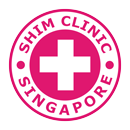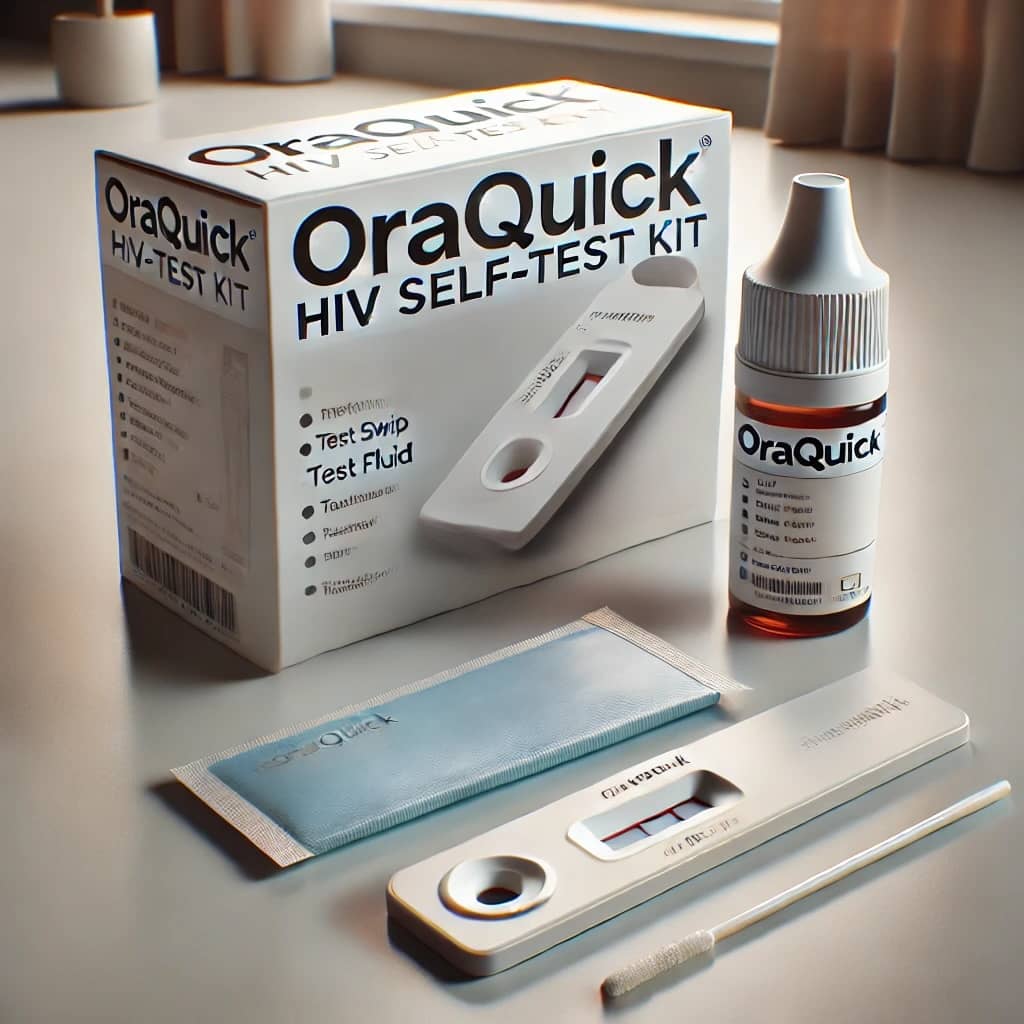HIV Testing in the Comfort of Your Home
HIV self-testing has revolutionised the way people access sexual health services. No longer do you need to book a STD clinic appointment, wait in long queues, or endure the anxiety of face-to-face testing. With the OraQuick HIV Self-Test, individuals can now check their HIV status privately, anytime and anywhere. But how accurate is it? Can you really trust an at-home HIV test? Let’s explore the science, real-world studies, and experiences of users worldwide to uncover the truth about OraQuick.
What Is the OraQuick HIV Self-Test?
The OraQuick HIV Self-Test is an at-home diagnostic tool that detects HIV antibodies using an oral fluid sample. Unlike traditional blood-based tests, it does not require needles or medical supervision. Results are available within 20 minutes, making it a fast and convenient option for those seeking to know their status discreetly.
The test is manufactured by OraSure Technologies and has been approved by the U.S. Food and Drug Administration (FDA) and the World Health Organization (WHO) for global use. In Singapore, it is now available at selected Guardian and Watsons pharmacies and online via Shim Clinic.
How Accurate Is the OraQuick HIV Self-Test?
A major concern for anyone using a self-test is its reliability. The OraQuick test boasts an impressive sensitivity of 99.5% and specificity of 100%, as shown in a study conducted in Ethiopia (Healio).
- Sensitivity (99.5%) means that if someone is HIV-positive, the test will correctly identify them as positive 99.5% of the time.
- Specificity (100%) means that if someone is HIV-negative, the test will correctly confirm they are negative 100% of the time.
While these figures are impressive, false negatives can still occur, particularly if testing is done during the window period—the time between HIV exposure and when antibodies develop (usually 2–12 weeks). If a person tests negative but suspects recent exposure, a repeat test or confirmatory laboratory test is recommended.
Studies across the globe have validated its accuracy:
- A multi-site study in Canada confirmed the test’s usability and performance among diverse populations (BMC Public Health).
- A study in Kenya compared blood-based versus oral fluid self-tests, showing high preference for the oral version due to ease of use (BMC Infectious Diseases).
- A review in Cameroon found that self-testing increased HIV awareness and diagnosis rates (Nature).
The Pros and Cons of HIV Self-Testing
Pros:
- Privacy & Convenience – No need to visit a STD clinic or disclose personal details.
- Fast Results – Get an answer in just 20 minutes.
- No Blood Required – Uses oral fluid instead of needles.
- FDA & WHO Approved – Backed by global health authorities.
- Encourages Early Testing – Increases HIV testing rates, particularly among high-risk groups.
Cons:
- Window Period Limitations – A false negative is possible if tested too soon after exposure.
- No Direct Counselling – Unlike clinic-based tests, there’s no immediate professional guidance for positive results.
- Higher Cost – Self-tests are generally more expensive than subsidised STD treatment.
HIV Self-Testing in Singapore
In Singapore, HIV self-testing has gained traction due to government initiatives aimed at increasing early detection. Shim Clinic, a STD clinic in Singapore, offers HIV testing services, including the OraQuick HIV Self-Test, in a discreet and professional environment.
How to Use the OraQuick HIV Self-Test
Using the OraQuick HIV Self-Test is straightforward:
- Prepare – Do not eat, drink, or use oral care products 30 minutes before testing.
- Collect Sample – Swab your upper and lower gums once.
- Insert into Test Tube – Place the swab in the provided vial with test fluid.
- Wait 20 Minutes – Read the result once the time is up.
- One Line (C) = Negative – No HIV antibodies detected.
- Two Lines (C & T) = Positive – HIV antibodies detected. A follow-up HIV test is needed for confirmation.
The Future of At-Home HIV Testing
With the FDA recently approving the OraQuick Self-Test for adolescents (aged 14 and up) (Pharmacy Times), at-home HIV testing is becoming more accessible. In the US, the Together TakeMeHome programme has already distributed over 200,000 free self-test kits (Emory News).
As Singapore continues to expand self-testing options, Shim Clinic remains a trusted source for HIV self-test kits and professional follow-up testing.
Should You Trust an At-Home HIV Test?
The answer is yes, with conditions. The OraQuick HIV Self-Test is highly accurate, but it should be used correctly and at the right time. If you receive a positive result, follow up with a HIV test at Shim Clinic for confirmatory testing and professional advice. Likewise, if you test negative but have had recent exposure, re-test after the window period.
HIV self-testing is a powerful tool for increasing awareness and encouraging early diagnosis. If you’re considering self-testing, OraQuick is a trusted, approved, and widely used option that puts you in control of your health.
For professional HIV testing and consultation in Singapore, visit Shim Clinic.

